VBOX Indoor Positioning System (VIPS)
VIPS is a highly accurate way of measuring speed, position and attitude (pitch/roll/yaw) in areas where GPS is not available.
With its high dynamic capabilities and the seamless transition from outdoor GNSS to indoor VIPS, it is a cutting-edge addition to any test programme.
Key Features

Accuracy
VIPS delivers cm-level accuracy which is equivalent to GNSS with RTK corrections.

Dynamic Measurement
Option to measure velocity and attitude (pitch, roll and yaw), in addition to positioning. With an update rate of 100 Hz, the high accuracy can be maintained at speeds of up to 270 km/h.

Indoor/Outdoor Transition

Robot Compatibility
Its accurate measurement of body heading, speed & position makes VIPS applicable as a motion pack for driving robots, controlling steering, braking, throttle and robotic platforms. VIPS is compatible with robots from leading manufacturers such as AB Dynamics, VEHICO & Humanetics.

Portable

Easy Installation
A simple 8 beacon system using tripods can be setup by two people in less than 90 minutes.

Low Power
How does VIPS work?
A UWB receiver on the vehicle continuously communicates with the beacons and triangulates its position indoors. This data is combined with the measurements from a highly accurate inertial measurement system, providing a real-time 3D position and attitude measurement at 100 Hz, to within 2 cm. All measurements are made on the target vehicle in real-time.
What is remarkable, is that VIPS can achieve re-acquisition and full accuracy in less than 0.2 of a second, which is considerably faster than GPS!
A number of fixed Ultra-Wideband (UWB) beacons are placed around the indoor test area (minimum 8), in known positions which have been manually surveyed using a handheld laser or Total Station (if time is of the essence, a self-survey can also be performed). The beacons are completely stand-alone, and can be battery powered, making the deployment very rapid.
Following the recent opening of the AstaZero DryZone, Peter Janevik, CEO of AstaZero, explains why they needed an indoor positioning system and the benefits of selecting VIPS.
The AstaZero Dry Zone is the world’s longest indoor test track, measuring 700 m long by 40 m wide and is used by automotive manufacturers for year-round, repeatable testing. However, with the roof blocking satellite signals, they required an indoor positioning system to allow for established testing technologies and accuracy levels achieved outdoors to also be delivered indoors.
VIPS delivers centimetre-level accuracy across the whole of the test hall, with up to five target vehicles in operation simultaneously at speeds of up to 270 km/h. VIPS is also fully compatible with most leading test systems, including driving robots.
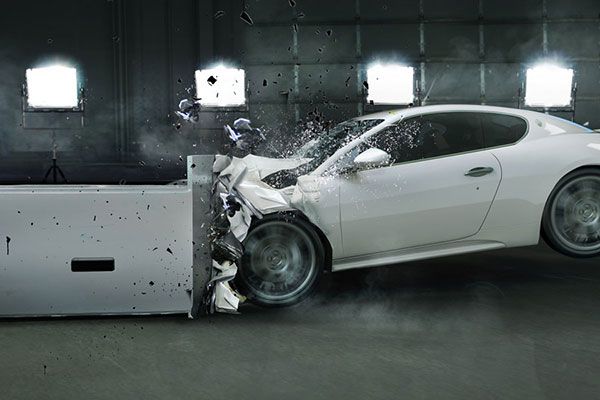
Crash testing
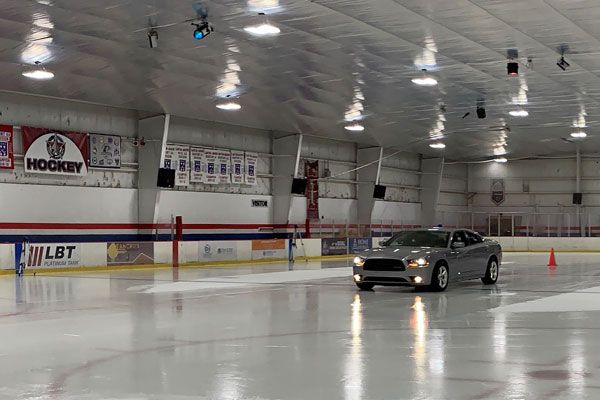
Indoor testing of tyres on ice
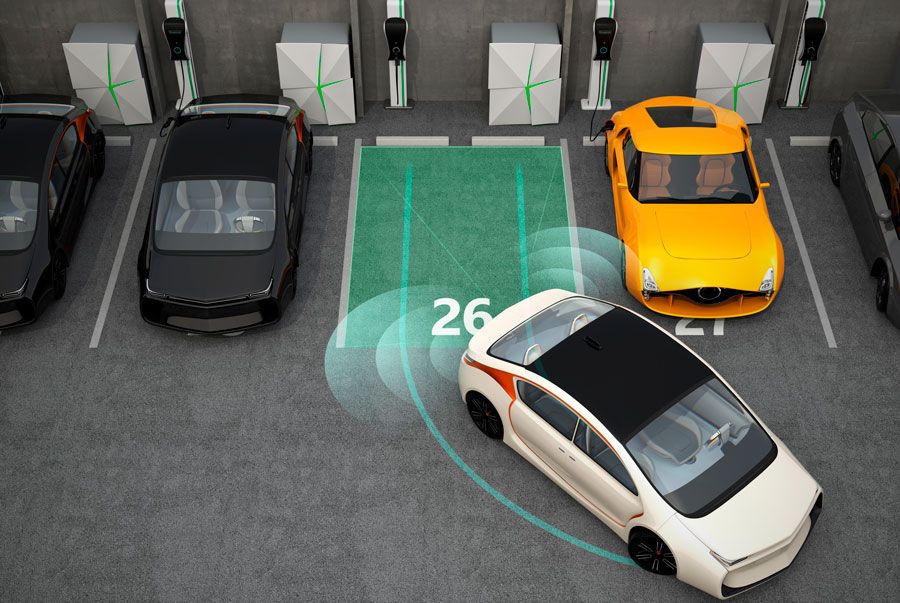
Park Assist testing in a multi-storey car park
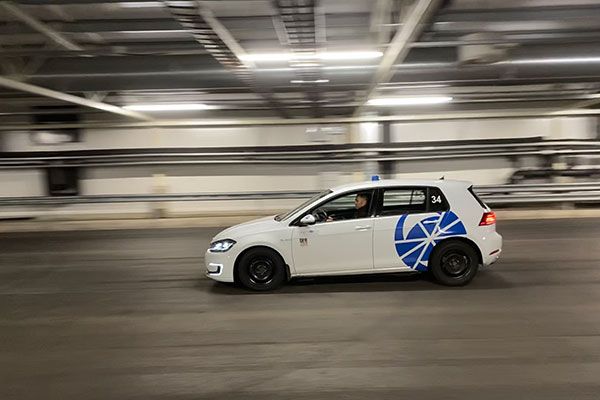
Brake testing indoors
What is the intended application?
The system is designed for high dynamic vehicle test and validation procedures which are normally performed outside using GPS. Examples include acceleration, braking, handling, crash testing, tyre testing and ADAS sensor validation.
The system can also be used to fill in gaps in GPS coverage in areas such as heavy tree cover, tunnels and urban canyons.
How do we get such high accuracy?
Over the 5 years it has taken to develop VIPS (VBOX Indoor Positioning System), we have built our own custom hardware, software and calibration routines which has resulted in an industry-leading accuracy of less than 2 cm.
We temperature-calibrate the beacons to ensure accuracy in all conditions, and we have developed our own antennas which are specifically designed to work on a vehicle. The custom antenna design significantly enhances the repeatability of the measurements.
To take into account the high dynamic environment of vehicle testing, we have developed our own UWB algorithms, and this has allowed us to take individual measurements at up to 800 Hz, reducing noise and dynamic errors in the measurements.
The video above (no audio) demonstrates the industry-leading accuracy that we have been able to achieve with VIPS, as we verify the distance between the vehicle and a static point using both VIPS and a tape measure.
Frequently Asked Questions
Yes, the VBOX Indoor Positioning System can also be used outside as an alternative to GPS, in areas with limited or no satellite signal. Note that you would require a minimum of 8 beacons to cover any area, and the beacons require a power connection. What makes VIPS superior to GPS, is that it can acquire lock and achieve full accuracy in less than 0.2 s, so there is virtually no delay waiting for the system to lock onto the beacons.
It is also compatible with steering robots, offering highly accurate path following and repeatability. We used the self-survey method to set up the system for this video, which took 2 people just 30 minutes to install, with no accurate measuring tools necessary.
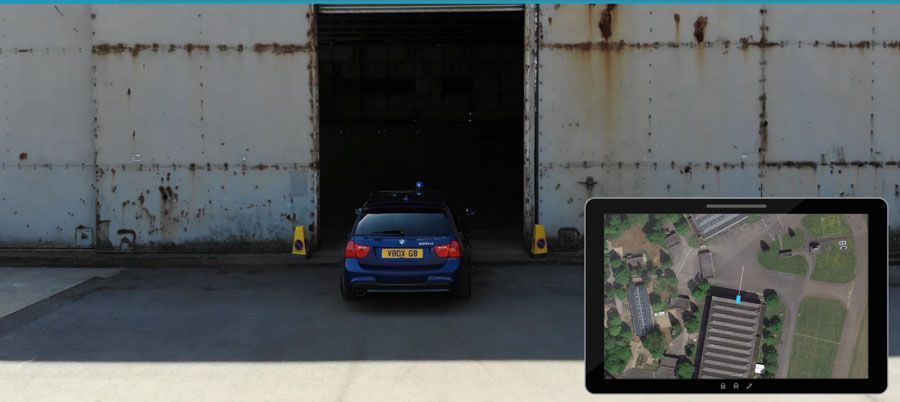
VIPS is able to track 5 vehicles/ objects at the same time.
If the beacons are surveyed using a Total Station, the positional accuracy is <2 cm. If the self-survey mode is used (seeding the system with rough positions to within 5 m), the positional accuracy is 5-10 cm. The speed is accurate to within ±0.1 km/h, the pitch/roll ±0.1° and yaw ±0.5°.
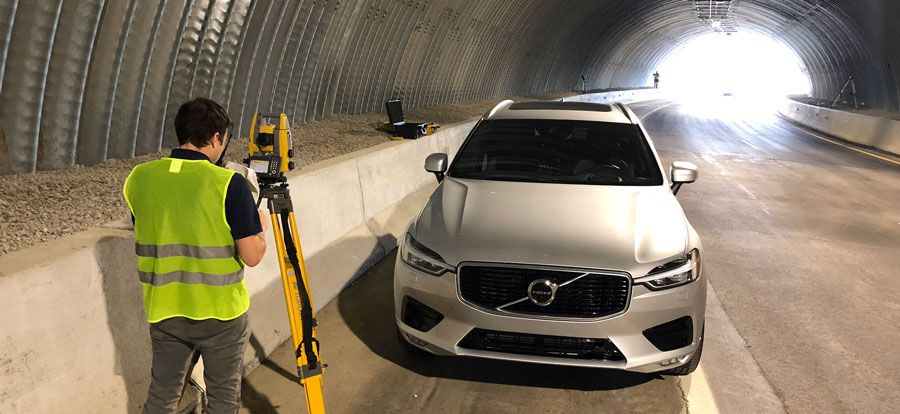
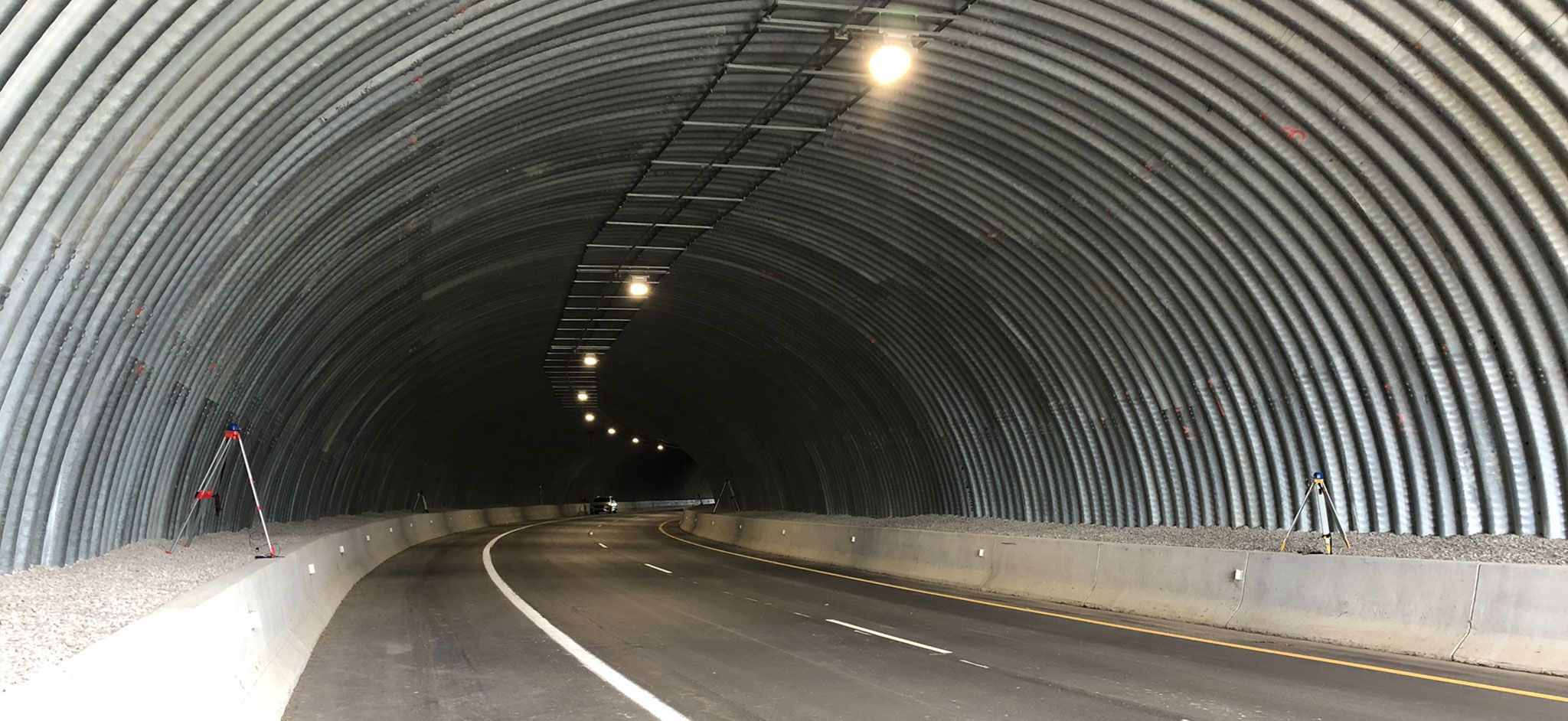
The maximum distance between beacons is 25-40 m, and up to 250 beacons can be used on one site.
The target object needs to see a minimum of 8 beacons at all times, but more beacons give the best accuracy.
Beacon spacing depends on the geometry of the test area. If the area is narrow, e.g. 15-20 m wide, then a beacon should be placed every 25-30 m. If the area is wider, the beacons can be spaced up to 40 m apart.
Yes, we can advise you on how to fit a system to your own building/ test track/ tunnel.
Yes, the receiver includes a powerful processor which provides real-time information to the VBOX.
The cost will depend on the number of beacons you required to sufficiently cover your indoor test location. Please describe your test requirements and facility as detailed as possible when asking for a quote, and we will come back to you with a specific solution.
Technical Specifications
- Update rate: 100 Hz
- Speed accuracy: ±0.1 km/h
- Position accuracy: ~2 cm
- Latency: 50 ms
- Max. Speed: 270 km/h
- Distance between beacons: 25-40 m (depending on power level)
- Frequency bands: 2 (user-selectable)
- Max. Number of receivers: 2 (per band)
- Operating temperature: -30 °C to +60 °C
- Size: 124 mm diameter, 74.5 mm height
- Weight: 350 g
- Beacon power requirements: 7 - 30 V DC
- Hardware requirements: VBOX 3i or VBOX 4
- Communication with VBOX: RS232
- Centre frequency: 3993.6 / 6489.6 MHz
- Bandwidth: 1331.2 MHz / 1081.6 MHz
- Transmit power: -41.3 dBm/MHz
- Time to first fix: <0.2 s
- Minimum number of beacons: 8
- Maximum number of beacons: 250


